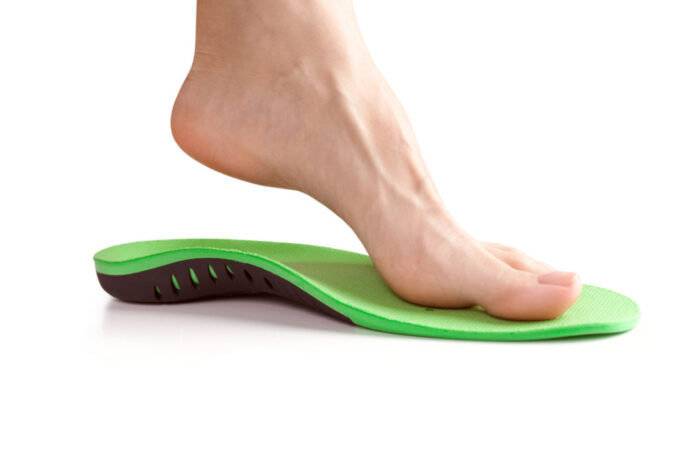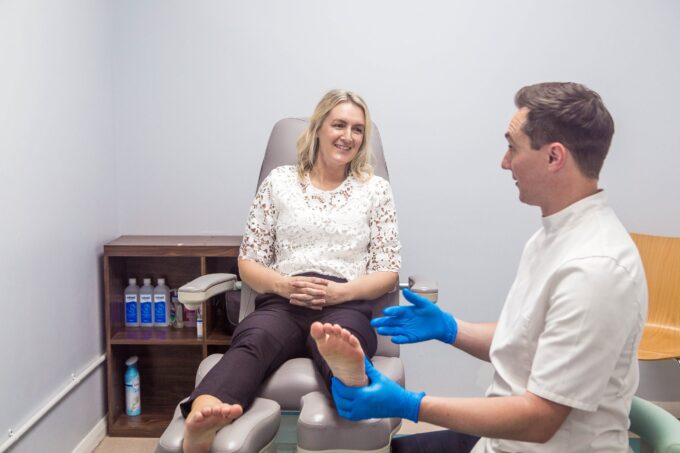Welcome to the 2024 guide to chiropody! Whether you’re a seasoned foot pro or just starting out, this guide will help you understand the importance of regular visits to your chiropodist and what to expect from each visit. With this comprehensive guide, you’ll be able to maintain healthy feet for many years to come. So let’s start treading on the path towards foot health and see how often you should visit your podiatrist!
Benefits of Regular Chiropodist Visits
If you are having issues with your feet, regular visits to a chiropodist may be necessary. Chiropodists are trained professionals who specialise in providing care and treatment for the lower limb, foot and ankle areas. If you are wondering how to find them near where you live, just type in google: “chiropodist near me” and look for the reviews of each one to find the chiropodist suitable for your needs.
Regular visits to him can help prevent and treat both minor and major foot problems. Some of the benefits of regular chiropodist visits include:
- Diagnosis and treatment of foot conditions, such as pain or deformity. By identifying underlying causes of your symptoms, chiropodists can provide the most effective treatments to prevent any further discomfort or damage.
- Prevention and management of diseases that affect your feet. Regular check-ups will help you to identify signs of developing conditions, and get timely treatments if needed.
- Customized advice on how to look after your feet in order to maintain healthy toes, soles and ankles. This could include suggested exercises or shoes that could improve comfort levels or prevent worsening any underlying conditions.
- Enhanced mobility by reducing discomfort through massage or manual manipulation techniques.
- Adherence to hygiene standards by eliminating bacteria or fungal infections from compromising skin integrity.
These are just some potential benefits from regular visits to a chiropodist – depending on individual needs, additional services such as orthotics fitting may be recommended as well. It is important to seek out expert care from professionals with sufficient experience who will provide tailored advice for all your lower limb needs. Scheduling regular consultations with a qualified chiropodist is key for preventing long term pain in the feet area!
When to Schedule an Appointment

Source: westfieldhealth.com
Visiting a specialist regularly is essential to the long-term health of your feet. A chiropodist specializes in preventive and corrective care of your feet, ankles, and lower legs. They can diagnose, treat, and manage a variety of medical conditions related to your feet such as bony deformities, fungal infections, corns and calluses. In addition to providing medical care, they often suggest footwear or lifestyle changes to improve comfort and mobility.
Generally speaking, if you are experiencing discomfort in your feet or lower legs it is important to seek advice from a qualified podiatrist right away. Additionally, it is advisable for most people to schedule an appointment with a podiatrist once per year for routine check-ups even if no specific issues have been identified. Visiting him annually allows them to assess the condition of your feet throughout different stages of life. It also gives time for preventive treatments or further corrections if needed – helping you stay on top of any existing problems before they worsen or cause discomfort.
Your reasons for visiting may change depending on age group or lifestyle needs:
- Those with diabetes should visit bi-yearly.
- Pregnant women should consider monthly
- Elderly patients should consider quarterly
- Active adolescents may require check ups every 6 months.
- Those with orthopaedic conditions may require frequent visits (at least 6 times in one year).
If you have any underlying health issues that could be affected by foot problems (such as diabetes), consult with your doctor about how frequently you should visit a chiropodist for an exam.
Common Treatments and Services

Source: cwgfootcare.ca
Common treatments performed by them include treating bunions, calluses and corns; cutting nails; skin abrasion for removing hard skin; advice on foot health and shoe selection; providing custom orthotics or arch supports; treatment of diabetic foot ulcers; and managing related conditions such as ingrown toenails.
How often you should visit him depends on your individual needs. The first visit is usually an assessment to determine a baseline for your foot health so that any changes can be tracked during subsequent visits. After this initial assessment, if you have no further issues with your feet it’s generally recommended that you return every two to four months for a check-up. However, if you have been diagnosed with any serious medical conditions or if recommended by another specialist (such as a podiatrist) more frequent visits may be required. It’s important to discuss your individual needs with your chiropodist in order to determine the schedule that works best for you.
How to Find a Qualified Chiropodist

Source: absolutefootcare.co.uk
Finding the right one is crucial to ensure you get the best level of care. Choosing a licensed specialist can help ensure you have access to the most effective treatments for any foot, ankle and lower leg ailments.
When searching for a qualified practitioner, here are some important tips:
- Check the qualifications – Ensure that any specialist you are considering is licensed by the local health authority and has undergone proper training. Ask about their experience and qualifications before making an appointment.
- Get referrals – Ask your family doctor or another healthcare provider you trust if they can recommend a reliable chiropodist who they have worked with in the past. You can also check with your insurance company, as they may have lists of care providers that will accept plan coverage.
- Read reviews – Use websites like Yelp or Google Reviews to read up on chiropody services in your area and get feedback from those who have received treatment there previously. This will give you more insight into what kind of service has been provided in the past, so that you know what to expect when making an appointment.
- Discuss expectations – Before starting treatment, be sure to discuss all your expectations with your chosen practitioner. Be sure both parties agree on treating goals before continuing with any treatment plans or scheduling further appointments.
Conclusion
Overall, the frequency of your visits to a chiropodist will depend on what type of issues you have and how well your treatment plan is progressing. There are many factors that can affect the feet – age, weight and the use of footwear – so it is important to be aware of these when considering how often you should visit your chiropodist. Generally, we recommend having regular podiatry check-ups to ensure any small issues are caught early on.

